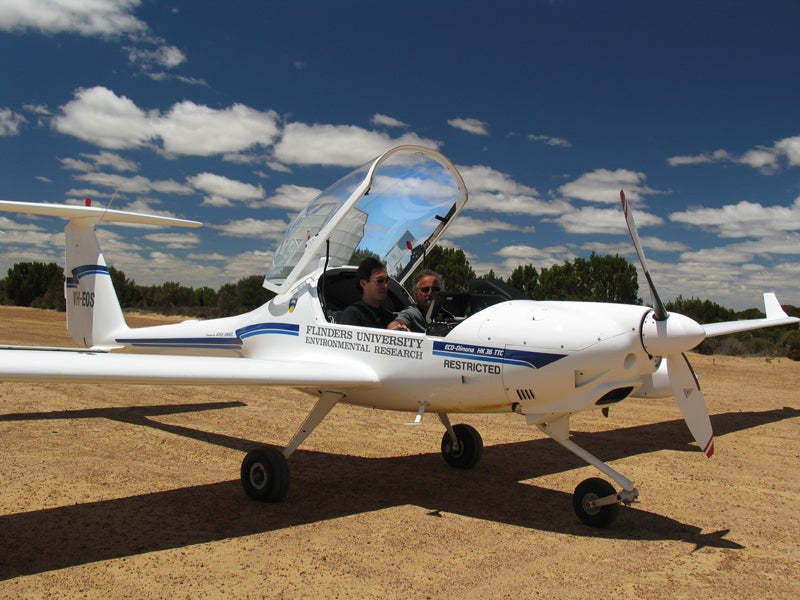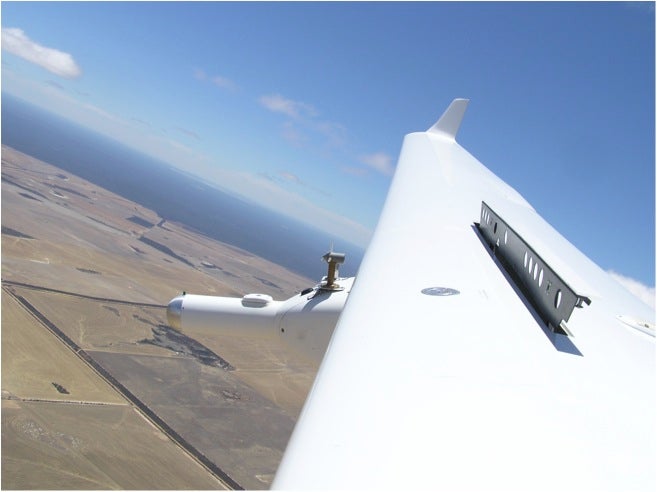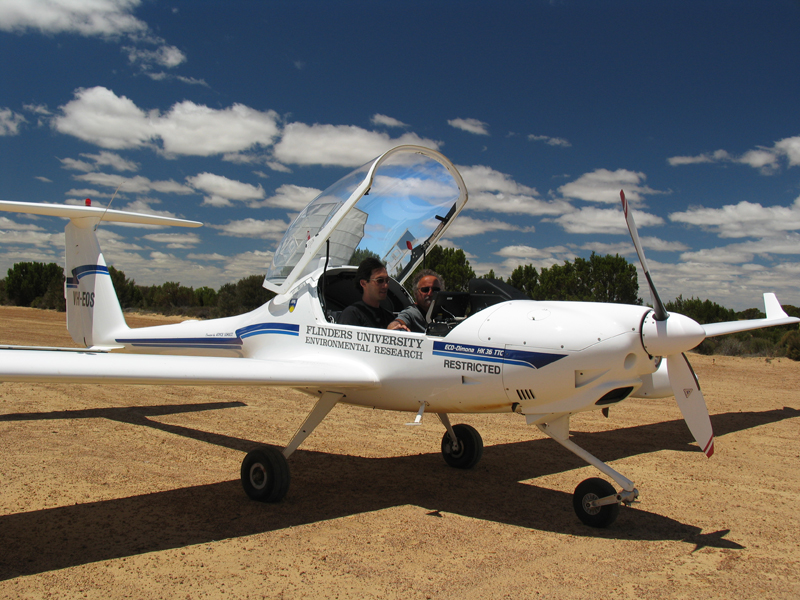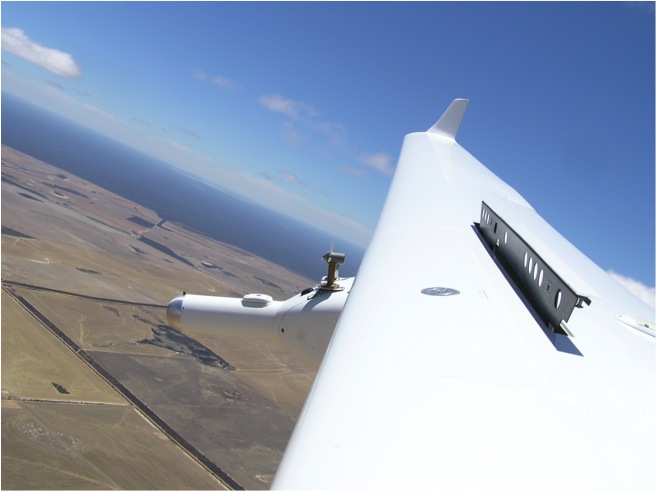 Intensive aircraft field measurements over the two sides of the bunny fence were conducted during the NCAR GLASS radiosonde measurement period at no cost to the project. This experiment wwas similar to the BuFex (Bunny Fence Experiments) intensive field campaigns which were conducted in the 1990-s (e.g., Lyons et al, 1993).
Intensive aircraft field measurements over the two sides of the bunny fence were conducted during the NCAR GLASS radiosonde measurement period at no cost to the project. This experiment wwas similar to the BuFex (Bunny Fence Experiments) intensive field campaigns which were conducted in the 1990-s (e.g., Lyons et al, 1993).
The aircraft were instrumented with sensors capable of measuring all of the components of surface energy budget (Hacker and Schwerdtfeder, 1988). These measurements werer supplemented with simultaneous continuous surface observations of turbulent fluxes as well as standard meteorological parameters and infrared thermometry. Results from previous expeditions are archived at the Western Australian Remote Sensing Application Centre. Relationships derived from the aircraft transects and field measurements were then used to characterize the large-scale variation in surface temperature, albedo and surface roughness and their variability throughout the day.  This was accomplished by repeated overpasses across the bunny fence in transects between the two Bowen Ratio sites and on long traverses on either side of the fence. These data in turn were combined with local meteorological data to estimate the latent and sensible heat fluxes between native and agricultural vegetation. In general, comparisons of latent heat values for the satellite and aircraft measurements were found to be in good agreement, but with discrepancies in sensible heat fluxes. The combination of simultaneous aircraft, satellite, radiosonde, and Bowen Ratio station observations allowed us to compare the various approaches and to validate them with surface measurements.
This was accomplished by repeated overpasses across the bunny fence in transects between the two Bowen Ratio sites and on long traverses on either side of the fence. These data in turn were combined with local meteorological data to estimate the latent and sensible heat fluxes between native and agricultural vegetation. In general, comparisons of latent heat values for the satellite and aircraft measurements were found to be in good agreement, but with discrepancies in sensible heat fluxes. The combination of simultaneous aircraft, satellite, radiosonde, and Bowen Ratio station observations allowed us to compare the various approaches and to validate them with surface measurements.
Read more about the research aircraft used during the BuFex campaign.

